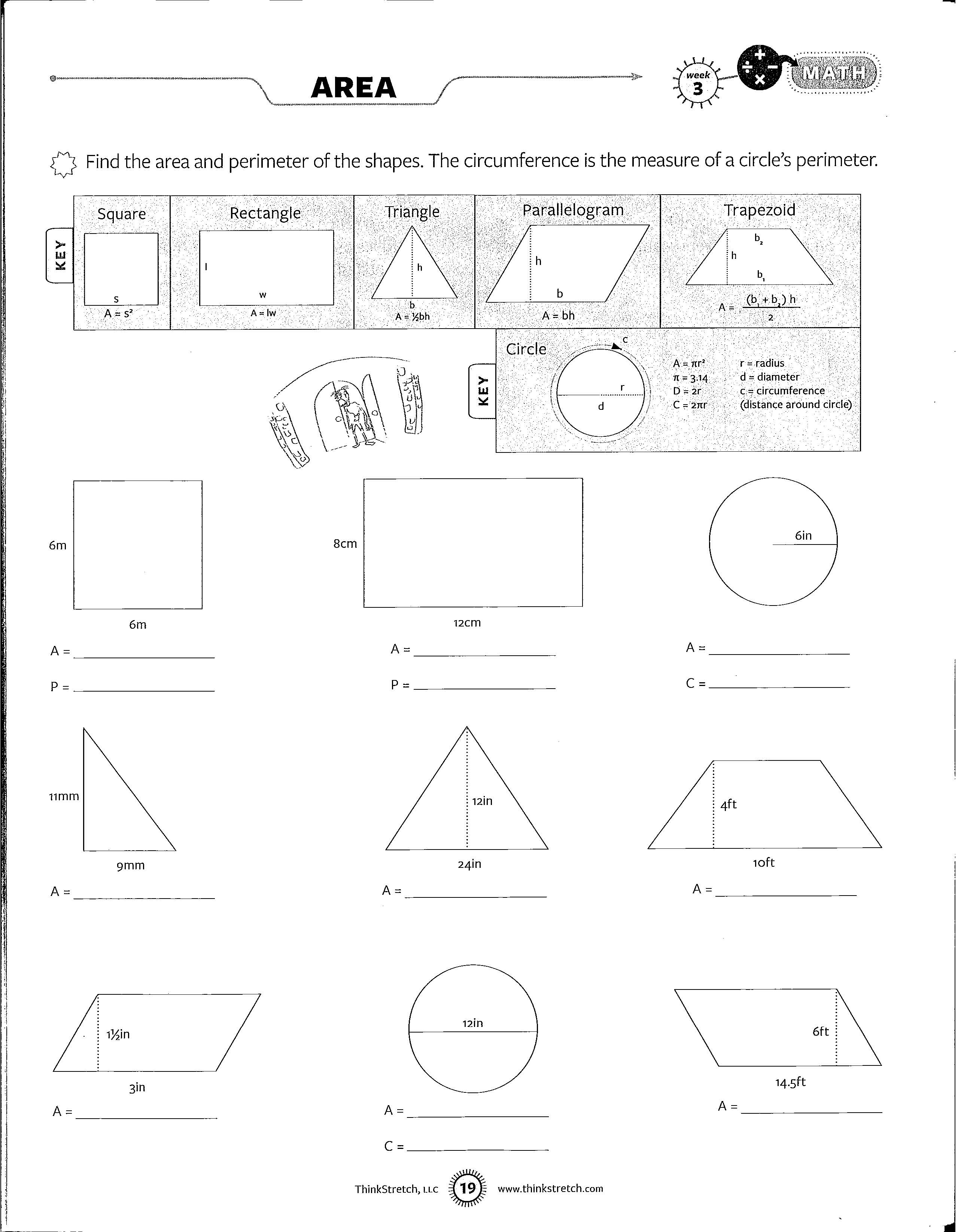

- #Area perimeter worksheets how to#
- #Area perimeter worksheets full#
- #Area perimeter worksheets trial#
Area and Perimeter Math Maze By Teachers R Us Homeschool Here are some area and perimeter resources that will save you time and guarantee excellent quality. Teach Simple is your one-stop shop for all your resources. So why not get them started with worksheets with plenty of room for flowcharts, spider diagrams, and other tools to help with brainstorming and organizing? Top 9 Area and Permiter Worksheets Encourages note-takingīy showing your students how invaluable taking good notes is, you are preparing them with a skill that will stay with them in the future.
#Area perimeter worksheets trial#
The only surefire way to make sure is to trial the worksheets yourself. They may have typos, incorrect facts, or content inappropriate for your academic setting. No matter the source, don’t take that worksheets are flawless for granted. You can also put reminders for the appropriate formulas that need to be applied.


Use vocabulary and reminder boxes to show definitions for words like base, length, width, sum and product. If the example uses feet, inches, meters, centimeters, hectares, or acres, it doesn’t change the mathematics. Students should be exposed to multiple units of measurement and understand that the concept is the same – provided they use the suitable unit in their answer. Again, visual explanations and images for younger kids can be given, but always in conjunction with the correct terms. Teach specific terminology from the start and use it on all your worksheets. Be specific and use the correct terminology
#Area perimeter worksheets full#
Don’t limit yourself to basic “yes or no” questions – challenge your students with questions that test the full range of Bloom’s Taxonomy. When you include questions, ensure they engage the reader’s mind and have meaningful answers. Make it countĪ quality worksheet stands out from any plain piece of paper. And no matter how old your students are, always start simply and give a visual example for them to refer to. It should be clear and visual to help students consolidate what you have shown and taught them. Things to look for when choosing elapsed time worksheetsīecause area and perimeter can be confusing, choosing one that will not make things worse is important. Instead, invest in a Teach Simple membership.Things to look for when choosing elapsed time worksheets.
#Area perimeter worksheets how to#
Want to make the most of the energy you’ve saved? Wondering how to ensure you get top-quality resources while saving time and money? Here’s your answer: make sure you always choose the best! And I’m going to help you find it. Some are free, and some with a price tag, but all are sure to save you time! Sites like Pinterest are fantastic resources, offering countless creative ideas, lessons, activities, and worksheets. Fortunately, our incredible colleagues across the globe are always ready to lend a helping hand. Finding something suitable for our students can still be challenging despite spending hours searching. As teachers, we know the internet is overflowing with excellent and not-so-excellent resources. Not all area and perimeter worksheets are created equal. But it’s equally important to ensure students interact with the worksheets, using the visuals to help them come up with the answers on their own. Worksheets can be incredibly helpful as they’re (potentially) excellent visual aids. Learning should be incidental, not a tedious task. The trick is getting the students to forget that they are slamming away at schoolwork. Teachers have been remarkably inventive in finding ways to effectively reinforce a concept and make them fun. creating worksheets is tedious and time-consuming. You need resources and worksheets that will complement and consolidate your lessons, offer an opportunity to practice learned skills, and serve as a reference to refresh the concepts. Doing so could reduce the chances of students mixing them up – something that can happen more than you would think. Yet, it can be beneficial to introduce the concepts together before delving deeper into one of them. Learning about area and perimeter independently is essential. This can then be consolidated with a worksheet – provided it is top quality. This way, they can connect their everyday experience with area perimeter to what they learn in the classroom. Students need to see and experience it to fully understand it. But, when it comes to area and perimeter, it’s not negotiable – they are concepts that NEED it. Math concepts are taught more effectively using real-life context and tangible tools.


 0 kommentar(er)
0 kommentar(er)
